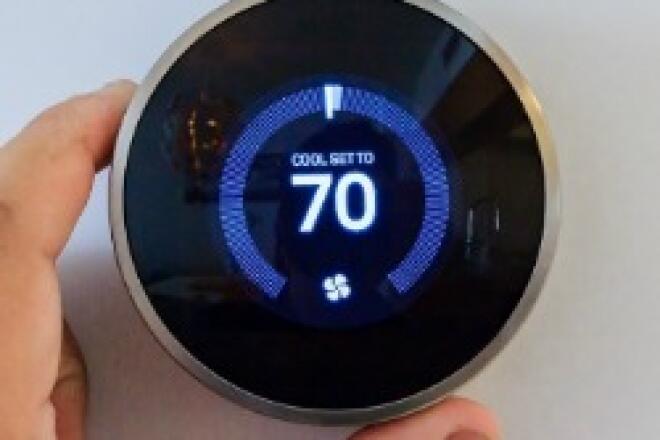
5 Easy, Energy-Saving Tips for Summer
Summer’s just around the corner now, and according to projections, it’s expected to be a hot one – which means more electricity usage as people attempt to stay cool.
This increase could potentially mean problems for the power grid. In fact, grid regulators have already issued warnings that there may be difficultly meeting electricity demand during extreme heat waves this summer.
However, as an individual consumer, you can actually make a noticeable impact on the grid by making smart decisions regarding your energy usage at home – particularly during extremely hot afternoons.
Let’s look at five ways that you can conserve electricity this summer to help support the grid and prevent sky-high bills:
1. Wash your clothes with cold water and optimize drying.
Washing and drying clothes typically accounts for a large amount of home energy usage, but, fortunately, small actions can make a considerable difference on the energy they use.
Typically, heating the water accounts for about 90 percent of the energy your washer uses in its cycle. However, most studies recommend using cold water because it cleans just as well, is easier on your clothing and saves a lot of energy.
When doing laundry at home, consider washing your clothes in cold water, and make sure you clean the dryer’s lint trap after each use. If possible, consider air-drying your clothes outside as well. These actions will reduce the amount of energy your laundry cycle uses and can lower your energy bill.
2. Turn off your lights and unplug unused appliances.
The old adage “Turn off the lights when you leave a room” is great advice for being more energy efficient at home, but did you know that appliances like coffee makers and gaming consoles actually still draw some power while turned off or in standby mode?
According to some sources, these “energy vampires”, which can include TVs, cable boxes and more, account for 10 percent or more of a home’s total energy use. Consider adding appliances and devices to a power strip to conveniently turn them on and off, and you should start seeing a decrease in your bill.
You can also purchase smart outlets, plugs or power strips, which can allow you to track energy consumption and turn off devices via your smartphone.
3. Take advantage of air circulation from ceiling fans.
Circulating the air in a room can make a major difference in making you comfortable while keeping electricity use low. In the summertime, use the switch on the base of your fan to make sure that the blades are rotating counterclockwise. This will push cool air down and keep you cool.
Also, don’t forget to turn the ceiling fan off when you leave a room to save energy! Ceiling fans cool people and not rooms – leaving them on will only waste electricity.
4. Swap your old lightbulbs out for energy-saving LEDs.
The standard lightbulb has come a long way over the past decade. Once a major source of energy use, lighting now only uses about a small fraction of total household electricity.
This is mainly due to the growth of LEDs, which use about 80 to 90 percent less energy and last 10 times longer than traditional incandescent bulbs. If your home still has old, inefficient incandescent bulbs, upgrading to LEDs is one of the best energy-efficient actions you can take.
LED bulbs are relatively inexpensive today at around $10-12 for a four pack at big box retailers or home improvement stores. With just one of these packs, you can make a noticeable dent in your overall electricity usage. If you’re not keen on spending the money to make the switch, some power companies have free Energy Saving Kits that include LED bulbs or offer rebates to help with the upgrade.
5. Purchase a smart thermostat at a heavily discounted price.
Another great option for lowering your home’s electricity usage during the summer is a smart thermostat. And fortunately, many power companies today provide rebates on a full range of smart thermostats, including options from ecobee, Google Nest and Honeywell, making them much more affordable for the average consumer.
Smart thermostats offer many benefits and features, including learning the temperatures that you prefer and developing a schedule that automatically adjusts to optimal, energy-saving temperatures whether you are asleep, away or at home. On average, this automation can help save you between 10 to 15 percent on heating and cooling (depending on the size of your home, your habits and other factors).
As the weather begins to heat up, start thinking about ways that you can reduce your energy consumption at home – doing so can keep your bills from skyrocketing and can help keep the power grid operating efficiently this summer.



